Top 10 War Movies That Capture the Spirit of Max (2002)
If you’re a fan of war films that delve deep into the complexities of battle, loyalty, and the human spirit, then «Max» (2002) is likely on your list of must-sees. This powerful film showcases the emotional journey of a soldier and his loyal dog amidst the tumult of war. For those looking to explore similar themes or enjoy equally gripping stories, here’s a curated list of 10 war movies that capture the unique essence found in «Max.» Each of these films resonates with a message of bravery, sacrifice, and the untold stories behind the line of duty.
- American Sniper (2014) — Based on the autobiography of Navy SEAL Chris Kyle, this intense film provides a piercing insight into the struggles of a sniper during the Iraq War and the toll war takes on his family.
- Hacksaw Ridge (2016) — This inspiring story centers around Desmond Doss, a conscientious objector who served as a medic in World War II, braving relentless battles without firing a single bullet.
- Saving Private Ryan (1998) — Widely regarded as one of the greatest war films, this epic tale follows a group of soldiers on a mission to rescue a paratrooper during the Normandy Invasion.
- Full Metal Jacket (1987) — Directed by Stanley Kubrick, this film presents a raw and violent look at the Vietnam War through the eyes of new recruits transitioning from training to the battleground.
- Black Hawk Down (2001) — A gripping portrayal of modern warfare, this film depicts the 1993 U.S. military raid in Mogadishu that turned into a fierce battle for survival.
- Platoon (1986) — Oliver Stone’s semi-autobiographical war film provides a harrowing look at the Vietnam War, focusing on the moral ambiguity faced by soldiers in the heat of combat.
- We Were Soldiers (2002) — This film tells the true story of the first major battle between American and North Vietnamese forces, emphasizing the brotherhood of soldiers and the impact of their sacrifices.
- 1917 (2019) — Shot in a single continuous take, this film follows two British soldiers during World War I as they embark on a dangerous mission to save thousands of lives.
- The Thin Red Line (1998) — A contemplative look at the Battle of Guadalcanal, this film explores the internal conflicts of soldiers as they grapple with the reality of war and the beauty of life.
- Fury (2014) — Set during the closing days of World War II, this film follows a tank crew as they navigate the perils of battle and the bonds forged in the heat of conflict.
Each of these films shares a common thread with «Max,» immersing viewers in stories that reflect courage, sacrifice, and the lasting bonds between those who serve. Whether you’re looking for heart-pounding action, poignant drama, or an exploration of loyalty and friendship, these selections are sure to resonate with war film enthusiasts!
Unveiling the Secrets: 10 Fascinating Facts About «Max» (2002)
The film «Max,» released in 2002, is a thought-provoking exploration of art, ideology, and the complexities of human relationships set against the backdrop of post-World War I Germany. Directed by Menno Meyjes and featuring a compelling performance by John Cusack, the film offers an intriguing blend of history and fiction. Here are 10 interesting facts that you might not know about «Max»:
- A Unique Perspective: «Max» presents an alternate history narrative, focusing on Adolf Hitler’s early years as a struggling artist, providing a window into his formative influences.
- Real-life Inspiration: The story is loosely based on the true relationship between Adolf Hitler and his art dealer, Max Rothman, who played a pivotal role in the future dictator’s life.
- Character Depth: John Cusack’s portrayal of Max Rothman is complex; he serves as both a mentor to Hitler and a symbol of the artistic spirit greatly affected by the sociopolitical climate.
- Artistic Vision: The film explores themes of art and nationalism, questioning how personal belief can shape artistic expression and, ultimately, political ideology.
- Historical Context: Set against the backdrop of Munich in the 1910s, «Max» effectively captures the tension and cultural shifts of post-war Germany, enriching the narrative with authentic historical elements.
- Provocative Questions: The movie raises essential questions about morality, creativity, and the power dynamics between art and politics, inviting the audience to reflect on the implications.
- Stellar Supporting Cast: Alongside John Cusack, the film features a talented ensemble, including Noah Taylor as a young Hitler, who adds depth and nuance to the plot.
- Cinematographic Choices: The visual style of «Max» is notable for its atmospheric cinematography that creates a visceral sense of time and place, immersing viewers in the early 20th-century art scene.
- A Film of Controversy: «Max» sparked discussions regarding the portrayal of Hitler and the juxtaposition of art and evil, showcasing the challenges of dramatizing historical figures.
- Legacy of Discourse: Despite its mixed reviews, «Max» has maintained a niche audience, prompting conversation about the intersection of art, history, and morality for years after its release.
In conclusion, «Max» (2002) is more than just a biopic; it is a film that challenges viewers to grapple with the implications of art amid a tumultuous historical context. Its unique perspective on a notorious figure invites reflection and discourse long after the credits roll.


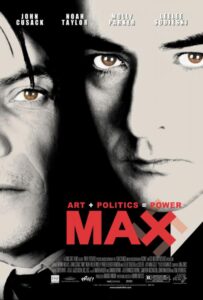


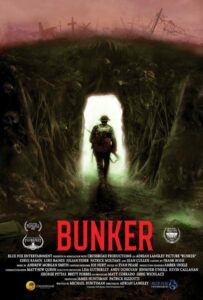
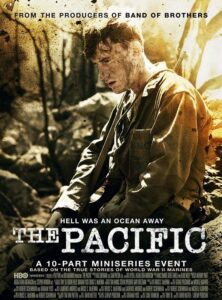

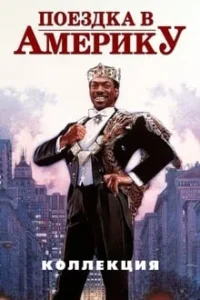
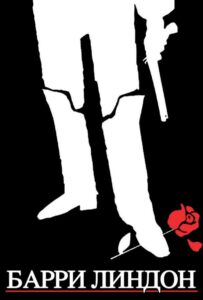
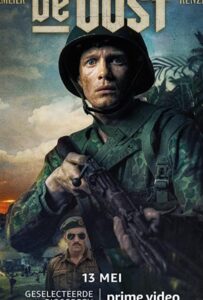

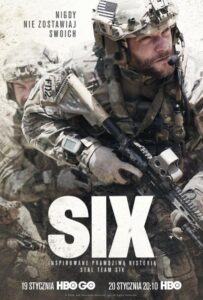




Оставь свой отзыв 💬
Комментариев пока нет, будьте первым!